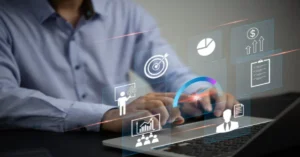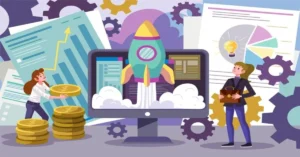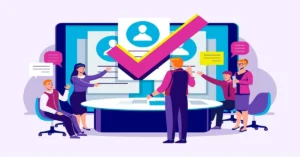
How to Protect Employee and Applicant Information in HRMS
The digital age today is sensitive, and businesses have to handle a lot of information that’s pretty sensitive in the

The digital age today is sensitive, and businesses have to handle a lot of information that’s pretty sensitive in the

It’s critical to maintain employee motivation and enhance their performance in the fast-paced business environment of today. To do this,

GITEX Global 2024 is anticipated to be the most important gathering place for innovators, start-ups, and business owners hoping to

Introduction: In the ever-changing modern workplace, staff development has emerged as a critical component of successful organizations. The utilization of

Introduction For any organisation to succeed in the fast-paced, constantly-changing commercial world of today, efficient staff attendance management is essential.
WhatsApp us